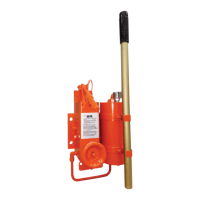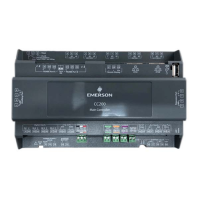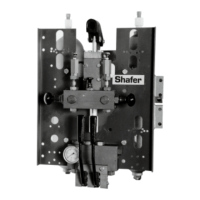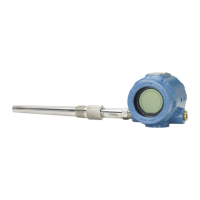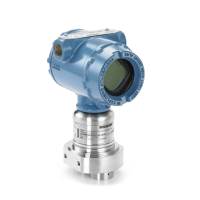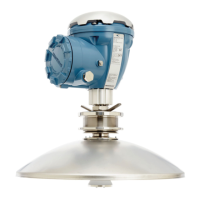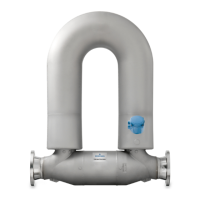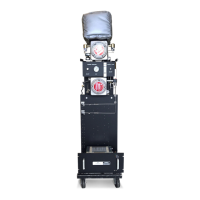Installation, Operation and Maintenance Manual
DOC.IOM.RG.US Rev. 11
November 2021
25
Section 14: Troubleshooting
Troubleshooting
Section 14: Troubleshooting
Of all the system components the operator itself is the least likely to malfunction and requires the
most time and effort to service. For this reason, a thorough effort should be made to pinpoint the
source of trouble before proceeding with operator service.
Completion of the operational test steps in Section 7 should conrm operation or indicate the most
likely source of a problem.
Table 10. Troubleshooting Guide
Problem Possible Causes Remedy
Slow jerky or partial stroke on
manually controlled gas
powered
- Low supply pressure
- Shutoff/speed control closed
- Dirty gas lter element resulting
in insufcient ow and pressure
to stroke operator
- Contaminated uid; will not ow
easily through lines
- Operator and valve stops not
in same position
- Check and increase
- Check and open a few turns
- Blow out lines
- Disconnect operator from valve if possible
- Refer to Section 7
Slow or no operation with
handpump
- Tank uid levels low
- Pump suction or discharge
check valve malfunction
- Speed control or locking
valve blockage/malfunction
- Dirt, ice in uid lines
- Make up levels with aviation grade
hydraulic uid (per customer specication)
- Remove tubing at cylinder
- Check for ow when handpump operated
- Refer to Section 2
Fluid leaking from drive case
vents - ROTARY
Fluid leaking from cylinder
plate - GVO
Fluid leaking from END STOP
COVER SEAL
Excessive amounts of uid
from/with exhaust
- Damaged rod seal
- Damaged seal
- High tank levels
- Blow by across piston
- Check oil levels
- Manual operation with handpump
- Refer to Sections 10 to 12


